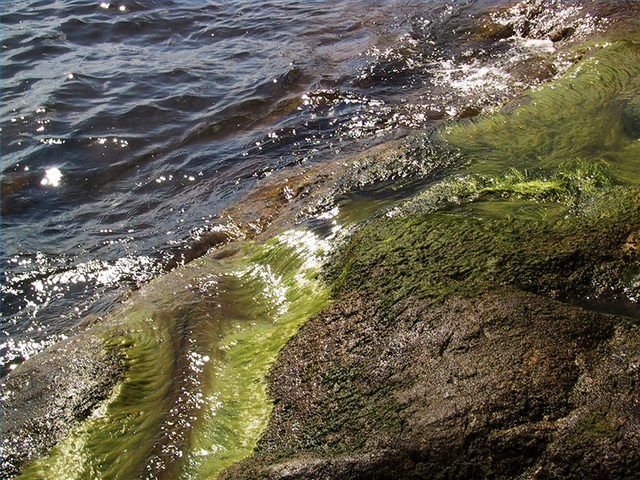Bulbs
Flower Basics
Flower Beds & Specialty Gardens
Flower Garden
Garden Furniture
Garden Gnomes
Garden Seeds
Garden Sheds
Garden Statues
Garden Tools & Supplies
Gardening Basics
Green & Organic
Groundcovers & Vines
Growing Annuals
Growing Basil
Growing Beans
Growing Berries
Growing Blueberries
Growing Cactus
Growing Corn
Growing Cotton
Growing Edibles
Growing Flowers
Growing Garlic
Growing Grapes
Growing Grass
Growing Herbs
Growing Jasmine
Growing Mint
Growing Mushrooms
Orchids
Growing Peanuts
Growing Perennials
Growing Plants
Growing Rosemary
Growing Roses
Growing Strawberries
Growing Sunflowers
Growing Thyme
Growing Tomatoes
Growing Tulips
Growing Vegetables
Herb Basics
Herb Garden
Indoor Growing
Landscaping Basics
Landscaping Patios
Landscaping Plants
Landscaping Shrubs
Landscaping Trees
Landscaping Walks & Pathways
Lawn Basics
Lawn Maintenance
Lawn Mowers
Lawn Ornaments
Lawn Planting
Lawn Tools
Outdoor Growing
Overall Landscape Planning
Pests, Weeds & Problems
Plant Basics
Rock Garden
Rose Garden
Shrubs
Soil
Specialty Gardens
Trees
Vegetable Garden
Yard Maintenance
How Does Elodea Reproduce?
How Does Elodea Reproduce?. Brazilian elodea, often called Brazilian waterweed, is an underwater plant native to the United States. It was first found in 1839 and has since spread across the country, reaching from one coast to the other. How can one plant spread across the entire continental United States? Since no female elodea exist in the...

Elodea Plant
Brazilian elodea, often called Brazilian waterweed, is an underwater plant native to the United States. It was first found in 1839 and has since spread across the country, reaching from one coast to the other. How can one plant spread across the entire continental United States? Since no female elodea exist in the United States it has adapted a form of reproduction called fragmentation. It's a popular form of reproduction among fungus, worms and even some types of bacteria. The downside of this type of reproduction is the fact that there is no diversity. One copy will inherit the exact traits of its parent so there is no difference between the two. One parent's weakness will also be the offspring's weakness as well.
Fragmentation
Fragmentation is a type of vegetative plant reproduction. It is a form of asexual reproduction in which a mate is not required to fertilize offspring. Fragmentation involves the splitting into fragments that mature into full adults. One disturbance of a plant can result in a fragment being removed from the parent. The split or fragmenting involves a process called mitosis. Mitosis is the splitting of a nucleus into two nuclei with an identical set of chromosomes, thus producing a copy of itself.
Mitosis
Mitosis works in seven phases. It starts with the interphase and ends with telophase. Throughout these seven phases the cells will begin to copy and divide within the cell into two identical cells. Once mitosis is finished, the cycle ends with the rebuilding of the cell wall, thus dividing the nuclei in what is called cytokinesis and completely forming two individual cells. The importance of mitosis is in the copying of chromosomes. Each copy receives a "memory gene" so that the process may continue in the new plant.
Since elodea live underwater, it's easy to see how quickly a plant like that could spread so fast. A simple stem is broken off and carried away to create an identical plant somewhere else. One plant can easily be spread across an entire body of water from one separated fragment. The problem with plants that reproduce in this way is how dense they can become. They tend to drown out other plant life in their habitat, taking over resources and making them scarce for other life, not to mention the fact they cause costly maintenance for anyone to tend to.